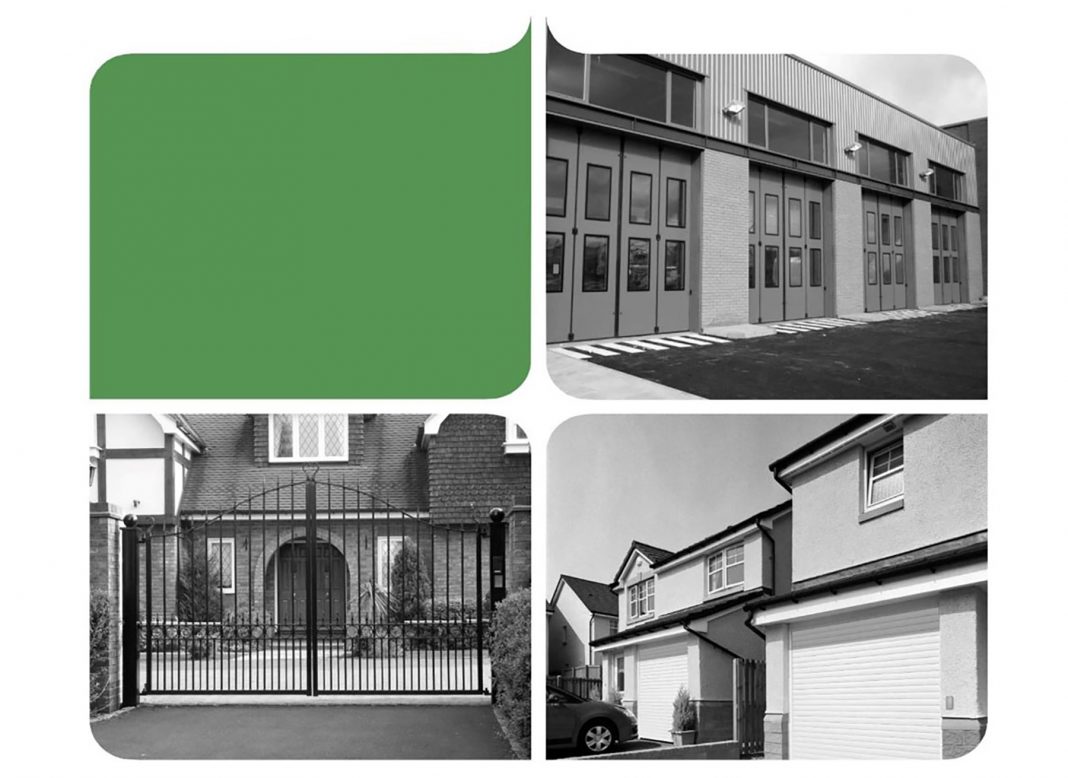The Door & Hardware Federation has launched a series of new Technical Specifications: DHF TS 013 parts one, two and three, covering the code of practice for the safety of industrial doors, domestic garage doors, powered gates & traffic barriers.
Parts one and two of the series replace the separate guidance previously issued for gates (TS 011) and industrial & garage doors (TS 012). Part three is a new edition providing guidance for owners and managers of these products.
Part 1, DHF TS 013-1, the “On-site Guide” details the requirements for safety and draws on applicable standards to assist all those installing, commissioning, repairing, and maintaining industrial doors, domestic garage doors, powered gates & traffic barriers. The guidance will also be informative for the managers and supervisory staff of companies engaged in the manufacture and supply of complete door gate and traffic barrier systems.
Part 2 in the series, DHF TS 013-2, the “Legislation affecting supply, installation & maintenance” provides guidance on legislation which has been fully updated to reflect the changes post-Brexit and is intended primarily for managers and supervisory staff of installation and maintenance companies. It is also of relevance to manufacturers and suppliers of complete systems and components. It reflects the 2016 change to the scope of EN 13241 that has resulted in the need for fire resisting industrial doors to comply with the Construction Products Regulations 2013 since November 2019.
The final part of the series, DHF TS 013-3, the “Guidance for owners and managers of industrial doors, garage doors and gates,” offers guidance for owners and managers of these systems. Part three does two things: it informs the owners and managers of their own legal obligations and also makes them aware of what they should expect from those who supply and maintain industrial & garage doors and gates.
Head of Commercial Operations, Patricia Sowsbery-Stevens said:
“Since January this year, the training delivered by DHF, whether in the classroom or through our Distance Learning Programme via our new Online Training Academy, has been based on these new Codes of Practice. DHF is continually striving to deliver the latest state-of-the-art information in an accessible way in its training, which, by its nature has areas of complexity. We hope that these three documents provide the basis for a greater element of clarity for those working in these sectors.”
Nick Perkins, senior training & compliance officer and author of the Code of Practice TS series added: “Despite a somewhat chequered history, standards for powered systems have in fact changed very little since first publication in 2000. It has never been acceptable that a person that finds themself in the path of a powered door or gate could be seriously injured or worse.
Nevertheless, there have been some problems, not least of which was UK HSE’s 2011 formal objection and, as a result, the standard has been undergoing revision since 2015. Now that the EN 12453 revision process is complete, our industry now has a very clear view of what is required. Despite the time that this has taken, the changes are in fact relatively minor; the basic principles of ensuring that powered industrial & garage doors, gates and barriers do not harm people have remained constant.”












